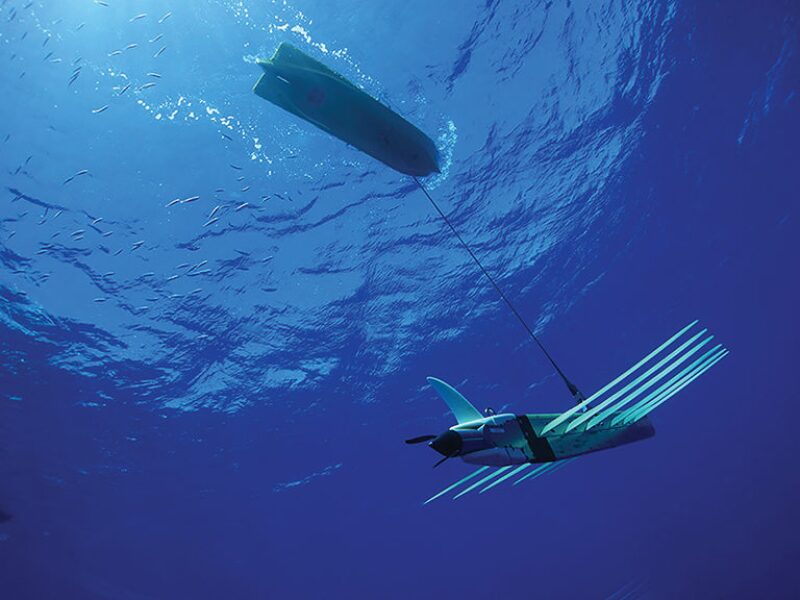A field test was conducted with autonomous marine vehicles (AMVs) and 3D sensor arrays (3DSAs) to record and compare seismic data generated during an ocean-bottom-cable (OBC) survey. The test was a field verification to check that the AMV platform and the sensor array can deliver high-quality seismic data in a form that can be successfully processed and compared with ocean-bottom fixed-receiver data. The feasibility test conducted offshore Abu Dhabi demonstrated the successful and safe deployment, seismic-data acquisition, and retrieval capabilities of the AMV and 3D sensor array.
Introduction
AMVs are an alternative to conventional methods of acquiring marine seismic data; they are designed with the aim of increasing offshore safety and reducing risk while delivering a quality service within lower-cost pricing models. These unmanned vehicles have expanded the envelope of offshore operations and have been instrumental in increasing productivity and safety in marine environments.


